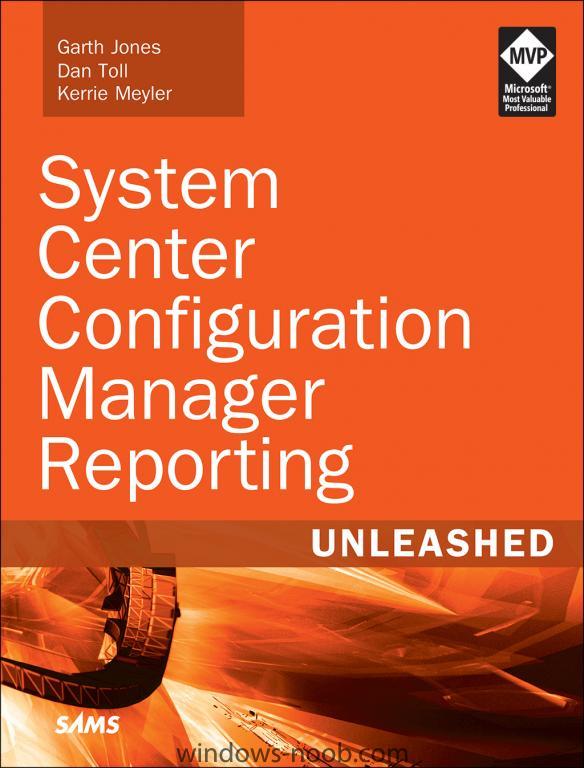Search the Community
Showing results for tags 'ssrs'.
-
I have a working SQL query courtesy of Eswar Koneti (https://gallery.technet.microsoft.com/office/SCCM-Configmgr-2012-SSRS-c482cca2/). Due to being new to SQL/SSRS custom report building, I am struggling with trying to limit the scope of these results to a specific collection. What I would like to d...
-
Hi Everyone, I wanted to let you know that this month's free report giveaway is Patch Compliance Progression by Collection For each PC within a collection, the Patch Compliance Progression by Collection report will provide you with a count of missing software updates (patches) and the last hardw...
-
I am happy to announce that you can now pre-order my new book entitled, System Center Configuration Manager Reporting Unleashed. What I love about this book is that there are so many demonstrations. These demonstrations help reinforce the topics discussed within the chapters. Reporting Unl...
-
Hello, I have been creating custom reports in SCCM using SSRS for a few months now. Just today, I was trying to back up all the reports and I can't find the custom reports folder under my **/Program Files/SMS_SRSRP/Reports folder. Are they saved under a different location? Thanks in advance...
-
Install SQL Server At this point, since we will be installing SQL Server on the same server that we will be installing our System Center product, it is expected that you have the VM created, the OS is installed, the appropriate networking has been configured, and it is joined to your lab domain....
- 2 replies
-
- Service Manager
- System Center 2012
- (and 5 more)
-
Hi everyone Did you know that Enhansoft is giving way a free SCCM SSRS report each month? Check out the site, this month’s report is Package Home Page. http://www.enhansoft.com/pages/Free-SSRS-Reports.aspx BTW when you are on the site don’t forget to vote to next month’s give-away.




